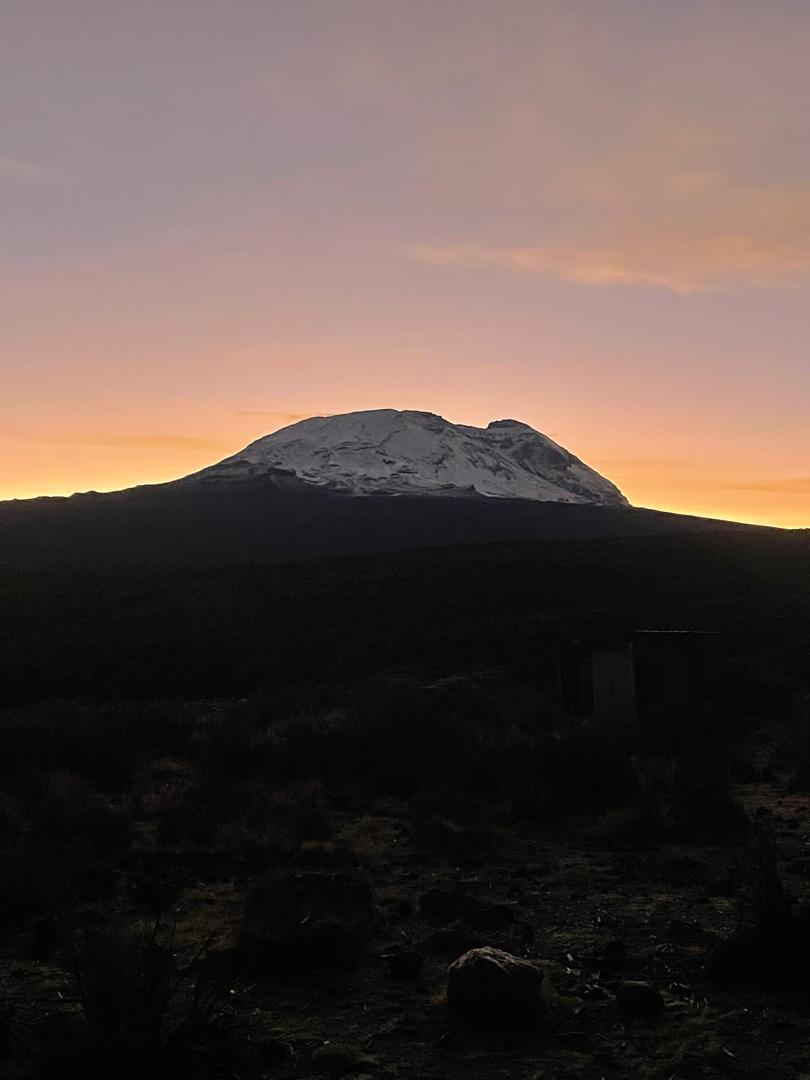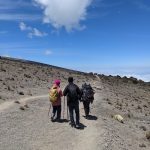Why Do You Summit Kilimanjaro at Night?
Climbing Mount Kilimanjaro, Africa’s tallest peak, is a life-changing adventure that tests your endurance, determination, and spirit. Among all the challenges, one of the most unique and thrilling aspects of the journey is the nighttime summit push. While most people associate hiking with daylight, Kilimanjaro climbers start their final ascent in the middle of the night usually between 11 PM and midnight guided only by the glow of their headlamps and the stars above.
Why do adventurers choose to climb in darkness? The reasons go beyond tradition. Hiking at night allows trekkers to avoid the harsh sun, reducing fatigue and dehydration, while moving at a steady pace to maximize acclimatization. It also ensures that the climbers reach Uhuru Peak at sunrise, experiencing one of the most magical moments on Earth: the first rays of light illuminating the African plains, the snowy summit, and the crater rim in a breathtaking panorama.
Beyond practicality, the night climb adds a sense of mystery and adventure. The trails are quieter, the air is crisp, and each step under a canopy of stars builds anticipation. Guided by experienced leaders, climbers feel both the thrill of challenge and the comfort of safety, making the experience both exhilarating and secure.
Nighttime summit transforms a climb into a story one of endurance, wonder, and triumph. It’s not just about reaching the top; it’s about witnessing a moment in nature that few get to see, standing on the Roof of Africa as day breaks across the world below., While it might seem strange to hike in darkness, there are very practical and strategic reasons for this nighttime adventure.
- Maximize Your Chances of Reaching the Summit
The night-time summit strategy is designed to improve success rates. By starting around midnight or 1 a.m., climbers can reach the peak at sunrise, usually around 6 a.m. to 7 a.m.. This timing allows trekkers to:
- Climb during colder but calmer conditions before the sun rises and the mountain warms.
- Avoid fatigue caused by long daytime exposure during the final push.
- Reach the summit at the most photogenic time of day watching the sunrise from the Roof of Africa.
- Reduce the Risk of Altitude Sickness
Summiting Kilimanjaro involves climbing from Saddle Hut (around 4,600 meters) to Uhuru Peak (5,895 meters). Starting at night helps:
- Slow the ascent pace, giving your body more time to adjust to the high altitude.
- Avoid the heat and exertion of the day, which can increase dehydration and fatigue, both of which worsen altitude sickness.
- Safer Trail Conditions
Kilimanjaro’s final stretch passes through rocky terrain and scree slopes. Climbing at night:
- Reduces the risk of sunburn and overheating.
- Avoids crowds on the narrow summit trails.
- Offers a quieter, more focused climb with fewer distractions.
- Witness an Unforgettable Sunrise
One of the most rewarding aspects of a night-time summit is arriving at the peak just in time for sunrise. Seeing the first rays illuminate Africa below while standing on the continent’s highest point is a truly once-in-a-lifetime experience.
Final Thoughts
Summiting Kilimanjaro at night is a combination of safety, strategy, and experience. It allows climbers to:
- Increase their chances of successfully reaching the top.
- Minimize the effects of altitude and physical strain.
- Enjoy the breathtaking sunrise on Uhuru Peak.
So, while it may feel unusual to start hiking in the dark, the night-time summit is a key part of a safe and rewarding Kilimanjaro climb.




